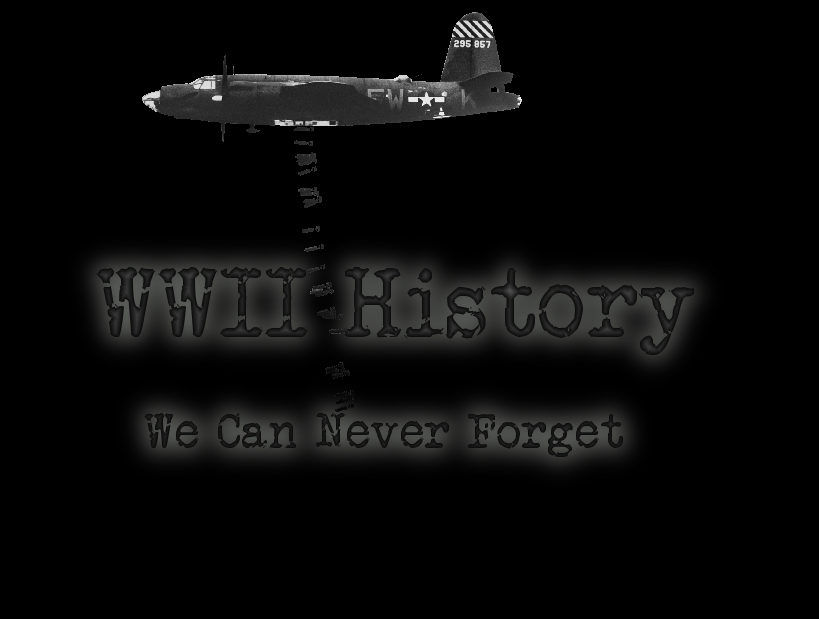Norway in WWII
This post features an amazing book called Almost Autumn by Marianne Kaurin. What’s really amazing about Almost Autumn, though, is that it was written in Norwegian and later translated in English.

Summary: 15-year-old Ilse Kern is sure that this autumn is going to bring about new changes, good changes. Hopefully, specifically, where next door neighbor Hermann Rød is concerned. But with the Nazi occupation and Hermann’s new mysterious classes, that doesn’t seem likely. First, Ilse’s father is taken away, then so is the rest of the family. Now, what will Ilse and Hermann do? Almost Autumn is one of those amazing books written from multiple perspectives.
On April 9, 1940, Germany launched an amphibious attack against Norway. The Royal Navy was present, and attempted to aid their allies, but the Nazis were triumphant, nonetheless. The Nazis had more than just expanding their land in mind. They hoped to gain
access to the iron-ore shipments that came in from Norway’s neutral neighbor, Sweden.
It took a mere two months before Norway was forced to surrender. On June 10, 1940, Norwegian King, Haakon VII, Crown Prince Olaf, and the entire government escaped to London. In his place, the Norwegian Nazi party leader (or, I suppose, more accurately put, the Norwegian who founded a party that mimicked the Nazis), Vidkun Quislilng, was named prime minister. Quisling, admittedly, didn’t last real long, because the Nazis quickly set up their own government in Norway, with German commissioner, Josef Terboven, at its head. And we all know what happens thereafter. It was also thanks to Britain’s failure in Norway, that led to the resignation of Prime Minister Neville Chamberlain.
It didn’t take long for resentment and, thus, resistance to crop up in the Norwegian people. It started off with in different forms of passive resistance, including acts of general strikes. The Nazi government reacted quickly and fiercely. Martial law was put into place and death sentences rapidly followed for those not cooperating.
As one can imagine, this was all the fuel Norwegians needed to continue their resistance movement. Pretty soon, a fully organized resistance movement was formed, committing a wide range of sabotage.
[German officers during the occupation of Norway]
As far as the occupation of Norway is concerned, the Nazis “requisitioned homes, businesses, private property, and schools. Norwegians were not allowed to move around freely; they were not allowed to show any patriotism towards their homeland. This included banning their anthem and their flag.
They also forced the dissemination of Nazi ideologies and symbols. Norwegians were not allowed to listen to non-Nazi approved radio or read non-Nazi newspapers. All throughout their occupation, Nazi soldiers in Norway placed more and harsher roles on the Norwegians, arresting people for minor infractions, even for simply being suspicious.
Everything was rationed. But not in the way that it was in Britain or in America. Food, toys, furniture, clothes were all rationed because the Nazis simply took what they wanted. Sugar, flour, and coffee were the first victims, but by 1942, this list had lengthened to include bread, butter, meat, eggs, and all diary products, even vegetables and potatoes were rationed.
Of course, life was hardest of all for the Norwegian Jews. At the time of the invasion, there were some 1,700 Jews living in Norway (some of whom had escaped to Norway from Germany and Austria back in the ‘30s). Harsh restrictions and treatment were sporadic in the early months of occupation. But, by the fall of 1942, things began in earnest. In early October, all male Jews living in Trondheim were arrested. Then, between October 26 & 27, a total of 260 more male Jews were arrested in Oslo. A month later, in the middle of the night, on November 25, all the remaining Jews were rounded up. Jews were then deported on the Donau, via Auschwitz-Birkenau. In the weeks that followed, more and more Jews throughout the country were rounded up and departed. But, thanks to advance warnings, the Norwegian people were able to help 900 Jews escape to Sweden via the underground. Throughout the occupation, more than 760 Jews were deported by the Nazis. Only 25 of them returned to Norway, the rest were murdered at Auschwitz.
Scariest of all, though, was bomb raids from both sides that leveled towns all throughout Norway. Bomb raids left thousands of Norwegians homeless.
During the invasion of Norway, roughly 1,000 Norwegians were killed as well as nearly 2,000 British, and 500 French and Polish soldiers.
[Below: German infantry attacking through a burning Norwegian village]

